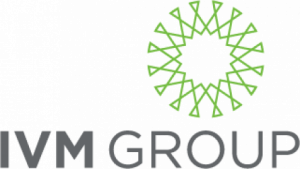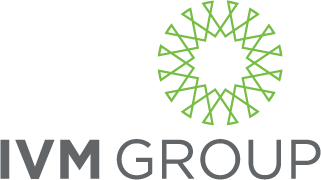PROJECTS
Darwin International Airport (DIA) – Vegetation Management Program 2020 – Current
Following a successful trial in 2018/2019, the first step was conducting a vegetation survey of the high-risk areas of the airport. The data from the vegetation survey provided an understanding of which species were present and likely to be acting as food sources. (i.e., attracting birds and other wildlife)
Utilising the survey and other site-specific data a multi-year scientific IVM Program was developed. This program commenced in October 2020.
The monitoring activities have demonstrated that the IVM Program has significantly reduced the food sources (i.e., insects and seeds) available to birds near the main runway at DIA through a reduction in the numbers of broadleaf weeds and grasshoppers present in these areas.
The effectiveness has seen the following changes observed since the start of the program:
• An average 80% reduction in grasshopper activity around the main runway during 2022-2023 when compared with the nearby untreated areas.
• An average 74% reduction in the cover of broadleaf weeds around the main runway during 2022-2023 when compared with the nearby untreated areas; and
• An average 28% increase in cover of low growing desirable and acceptable grasses around the main runway during 2022-2023 when compared with the nearby untreated areas.
This reduction in food sources has resulted in a reduction in the amount of bird activity in the high-risk areas near the main runway and a reduction in the bird strike rate at DIA.
The following changes to bird activity at DIA have been observed since the start of the IVM Program:
• An average 39% reduction in bird numbers in the critical areas around the main runway during the first three years of the IVM Program compared to the average of the previous three years.
• An average 32% reduction in bird harassment activities around the main runway during the first three years of the IVM Program compared to the average of the previous three years.
• An average 33% reduction in the number of birds harassed around the main runway during the first three years of the IVM Program compared to the average of the previous three years.
• An average 44% reduction in ammunition use around the main runway during the first three years of the IVM Program compared to the average of the previous three years.
• An average 75% reduction in the number of birds culled around the main runway during the first three years of the IVM Program compared to the average of the previous three years.
The ultimate goal of the IVM Program has been to reduce the number of bird strikes occurring at DIA, and the following outcome has been achieved in that regard.
An average 44% reduction in bird strike rate at DIA during the first three years of the IVM Program compared to the average of the previous three years.

